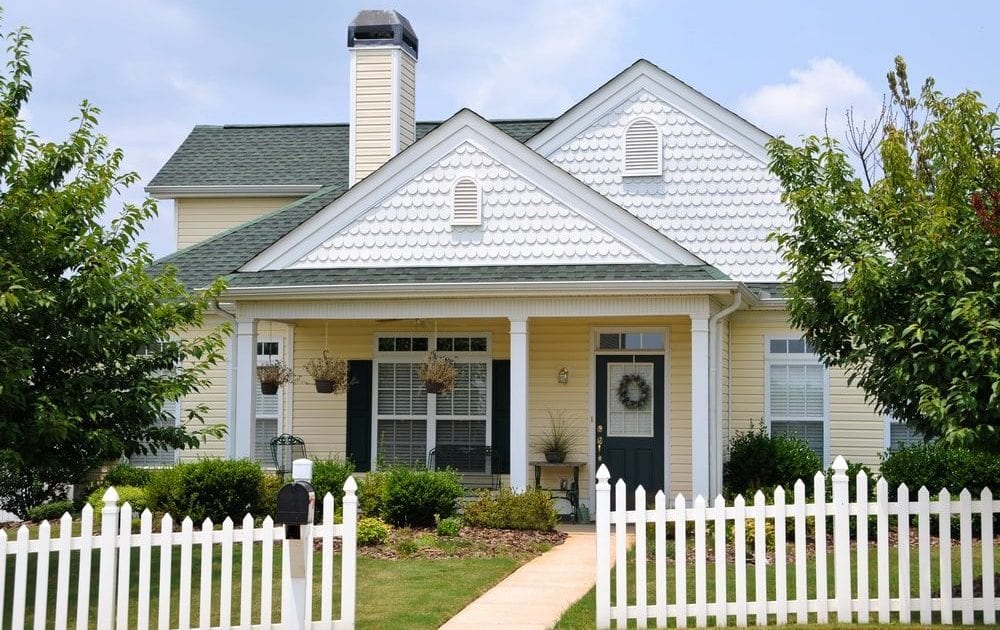Deciding to install a fence on your property can be an excellent addition to the curb appeal of your home and may increase the overall property value. From blocking noise and adding privacy to keeping pets and children safe when outside, a fence is a viable solution for homeowners. While you may want to dive right in and take on the project yourself, there are a few details to consider before making a decision.
Identify Why You Want a Fence
Determining the reasoning behind installing a fence on your property is an essential factor to consider, as it will help you pin down an array of details once the project gets started. From needing to keep the family pet inside your property to blocking noise and adding privacy to your property, the purpose of your fence will have a considerable influence on many aesthetic details. There are many different types and styles of fences that serve different purposes, and identifying what the fence is for will help you make the best decision for your property.
Types of Fences
Many different materials can be utilized to build your fence. Each material type serves different purposes, whether that be keeping a pet on your property, blocking noise, adding privacy, or merely adding to the curb appeal of your home.
- Chain Link Fences: This style is appropriate for both commercial and residential properties and can be made from standard galvanized or black vinyl coated chain link. Chain link is a perfect solution if you’re looking to keep a pet on your property and aren’t as worried about blocking any additional noise or adding privacy to your property.
- Vinyl Fences: Vinyl comes in a variety of colors and styles and requires little to no maintenance as it is designed to withstand the elements. This is a perfect solution if you’re looking to block additional noise or add privacy to your property. Vinyl fencing can range in height and thickness to accommodate all your expectations.
- Ornamental Wrought Iron: Decorative fencing is usually constructed from galvanized ornamental steel, and the material is treated to prevent rust, rot, and chipping. If your goal is to establish property lines and add to the curb appeal of your property, this is an excellent solution.
Maintenance
Being conscious of how much free time you have available to maintain your fence correctly will help you determine what material is best for your property. Vinyl fences require little maintenance and are designed to be durable in many different situations. Chain link and ornamental wrought iron fences can require a bit more maintenance should a section get damaged by weather, elements, or something else. All fencing styles will require routine maintenance to make sure there are no obstructions, holes, and other wear and tear. Given that each of these fencing options requires little maintenance, they’re all perfect candidates for someone that lives a busy lifestyle.
Height
Before purchasing materials or hiring a professional to begin your fencing project, it’s recommended to consider the height you would like for your property. The purpose behind installing your first fence will help you identify your height options. If you’re looking to keep a pet on your property, it’s vital to consider the height of their jumps, so you don’t install a fence that’s too short. If your goal is to add privacy to your property or block noise, a taller fence will likely be your best solution. Additionally, many property owners install a fence to add to curb appeal, and if this is the case, height won’t be as much of a factor. If you’re more of a visual person, creating a cardboard cutout of the height of your future fence will give you an idea of the height in question and if it will work for your property.
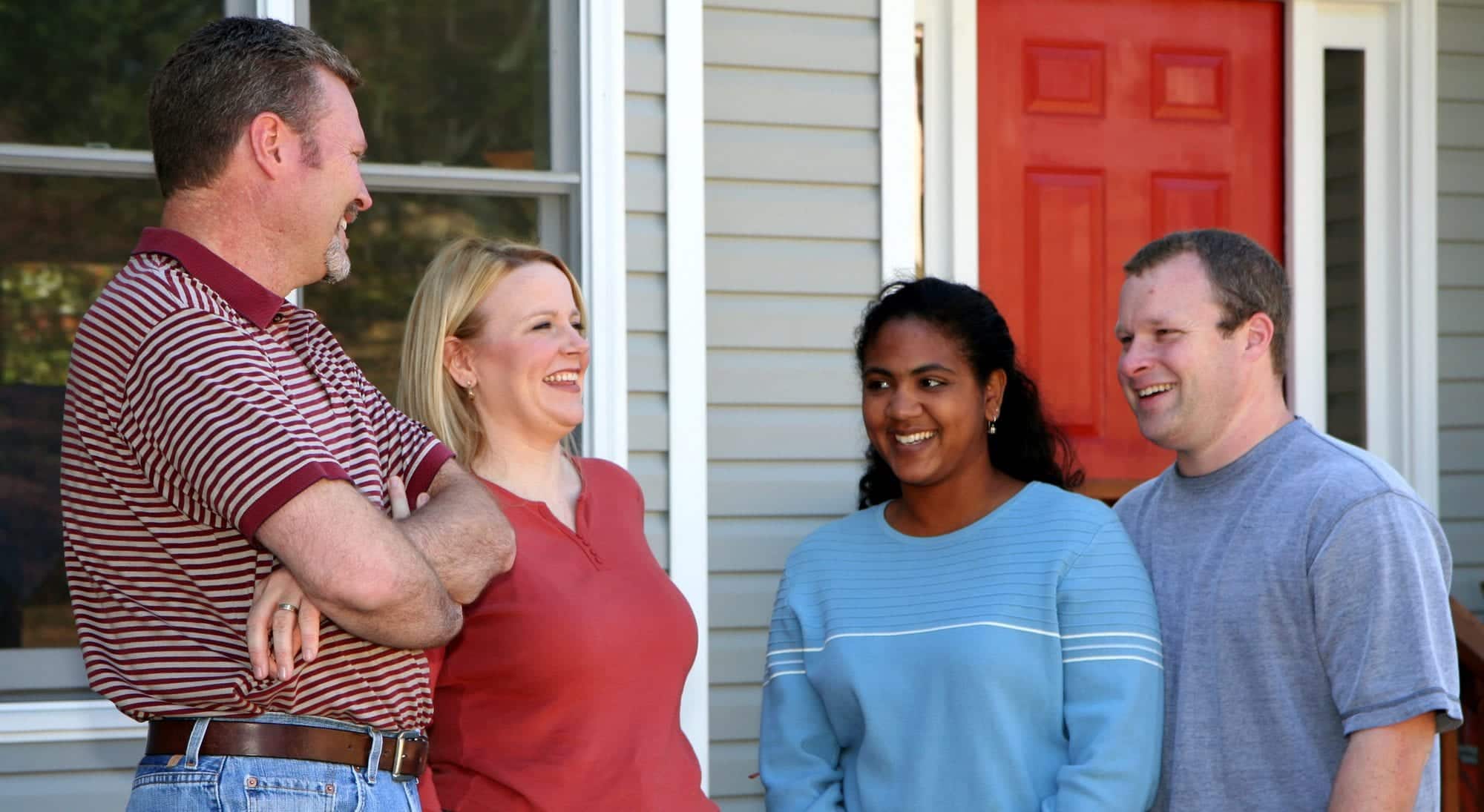
Be a Good Neighbor
When planning your new fence, it’s important to discuss your fencing designs and plans with your neighbors as it’s essential to consider their property and any views they may lose upon installation. Making your neighbors feel as though they’ve been considered in the planning process will give you a better outcome in the long run as not having a conversation could result in a legal dispute and conflict. If you live in close quarters, presenting the idea of a party fence is a way you could approach your planning. Lots that are very close in proximity with little to no privacy often require a fence to make everyone in the community comfortable, and a party fence could be the perfect solution. If your neighbor(s) are interested in installing a fence, it’s cost-saving for those involved to contribute to building a fence as your neighbor(s) will also benefit.
Hire Professionals
Fence installation is a complicated process, and you’ll get better results and fewer issues down the road by hiring a professional. There are many resources available to help you find the best contractor for your property and your unique project. The American Fence Association has compiled an online database to make it easy for you to find a local fence contractor. The database includes company and contact information so you can do further research, like reading reviews about the companies and reviewing past projects. With any contractor you choose, it’s vital to consider examples of fences they have installed so you can make sure their work fits what you’re looking for. If you’re reaching a dead end with your designs, reviewing past projects can also help get the creative wheels turning once again.
Calculate Your Budget
Before contacting professionals, it’s encouraged to determine your budget and identify what you can afford. Depending on the size of your property, your budget may not allow for a contractor, meaning you’ll have to utilize other resources to install your fence. Additionally, account for the time the project will take as you may be able to cut costs with a different style of fence.
Call Before You Dig
While your contractor will know to contact your 811 call center, you should be aware of this step as well in case you choose to be proactive. Upon calling this number, someone will come out to mark the utility lines present on your property, so serious complications are avoided. If construction begins without being knowledgeable of utility line locations, service could be disrupted, or a gas or power line could be hit, which may cause serious harm to you and those working on your property.
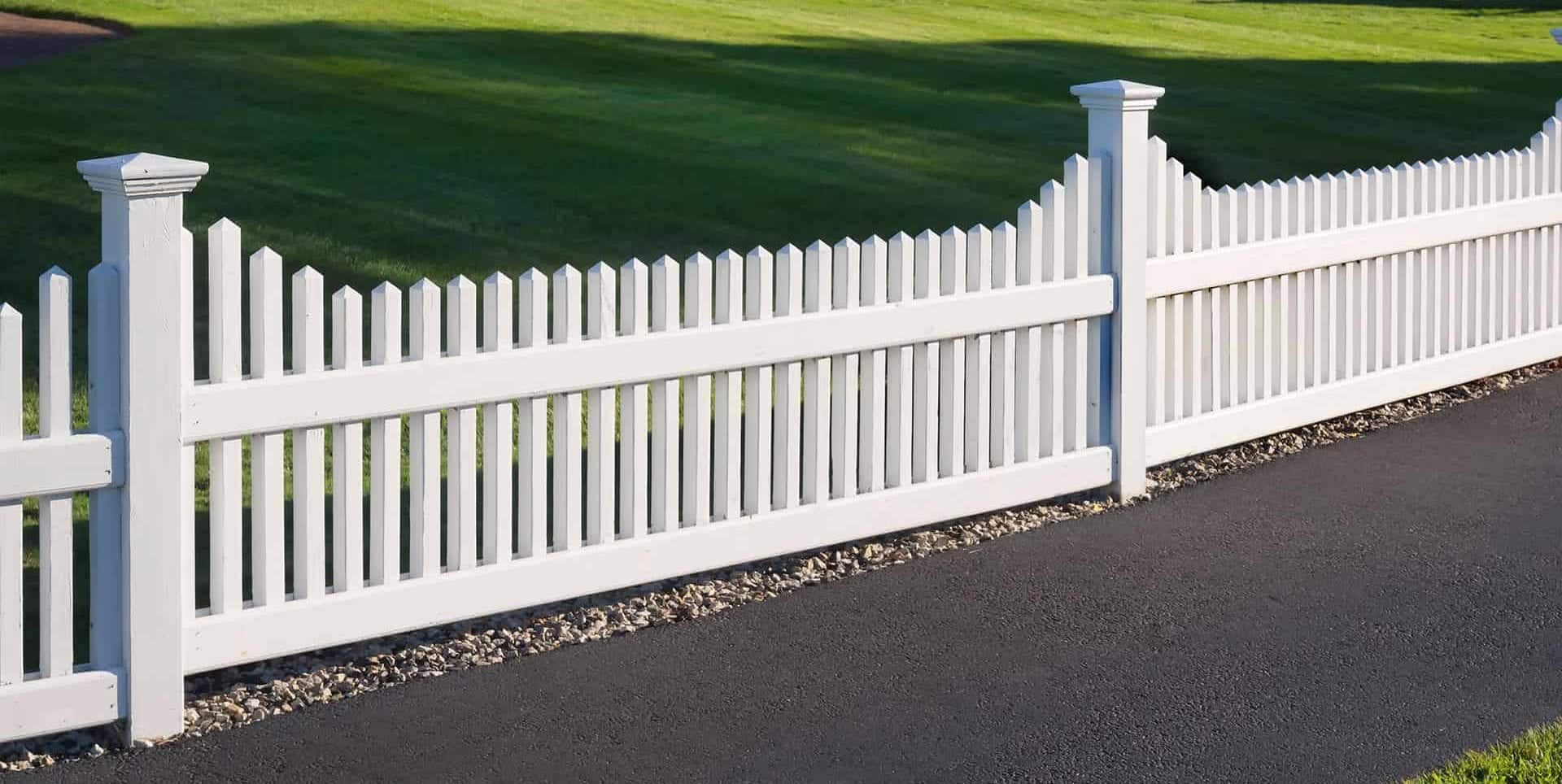
Fence Materials
Upon calculating your budget and hiring a professional to help you with your project, you should review what materials you can afford and begin designing your fence structure. Your contractor will be able to direct you in how many posts and panels will be needed for your property. You’ll need to determine which type of structure you would like for your property (vinyl, chain link, ornamental) and account for the hardware that accompanies each fencing system. Additionally, this is the time to review and select any paints, stains, stamping, and accents you would like included in your design as many companies offer a variety so you can get the result you’ve imagined. Many companies provide complimentary online programs so clients can design a virtual sample of their fence before the project starts.
Mix It Up
While it may be tempting to install a fence on your own, there’s much more that goes into installing a fence than meets the eye. It’s essential to leave the fence to professionals, but you can share ideas and add certain elements to personalize your new fence to fit your property better.
- Incorporate Different Styles: If you want a fence in your front and back yard and cost is an issue, think about mixing up different types of fencing. For example, you could have a shorter ornamental fence in your front yard leading to a vinyl privacy fence in the backyard.
- Think Green: If you’re not interested in installing a fence or will be installing a shorter one, explore greenery options to further add to your landscaping. There are many different types of trees and shrubbery, such as lilacs that will create a natural barrier for you.
- Add Unique Touches: Customize your fence, so it matches your property and adds to the curb appeal of your home. Decorative posts or finials can be added, or you can plant colorful flowers to create a welcoming presentation.
Consider Your Climate
Material types react differently depending on the climate of the area you’re located in. It’s vital to consider the common elements of your area and the overall temperature and humidity to determine which material is best for your property. Some metals can rust more quickly than others, and concrete anchors may be required for fence posts. When designing your fence, you’ll want to choose a material that is durable to your climate, weather, and temperature.
Views and Entrances
When designing a fence, many property owners forget to account for bulky outdoor equipment. For added safety and convenience, it’s encouraged to create two paths into a fenced area that are indicated with stepping stones or pergolas. This allows you to have an area where your outdoor equipment can enter and exit quickly and limits the amount of traffic through your house as household members and visitors can navigate fully outdoors.
It’s also important to consider any appealing views such as a skyline or wildlife area you may have from your property and account for them in the design process. The height of your fence can vary in certain areas, so these views remain, and you don’t lose money or a potential buyer when reselling your home.
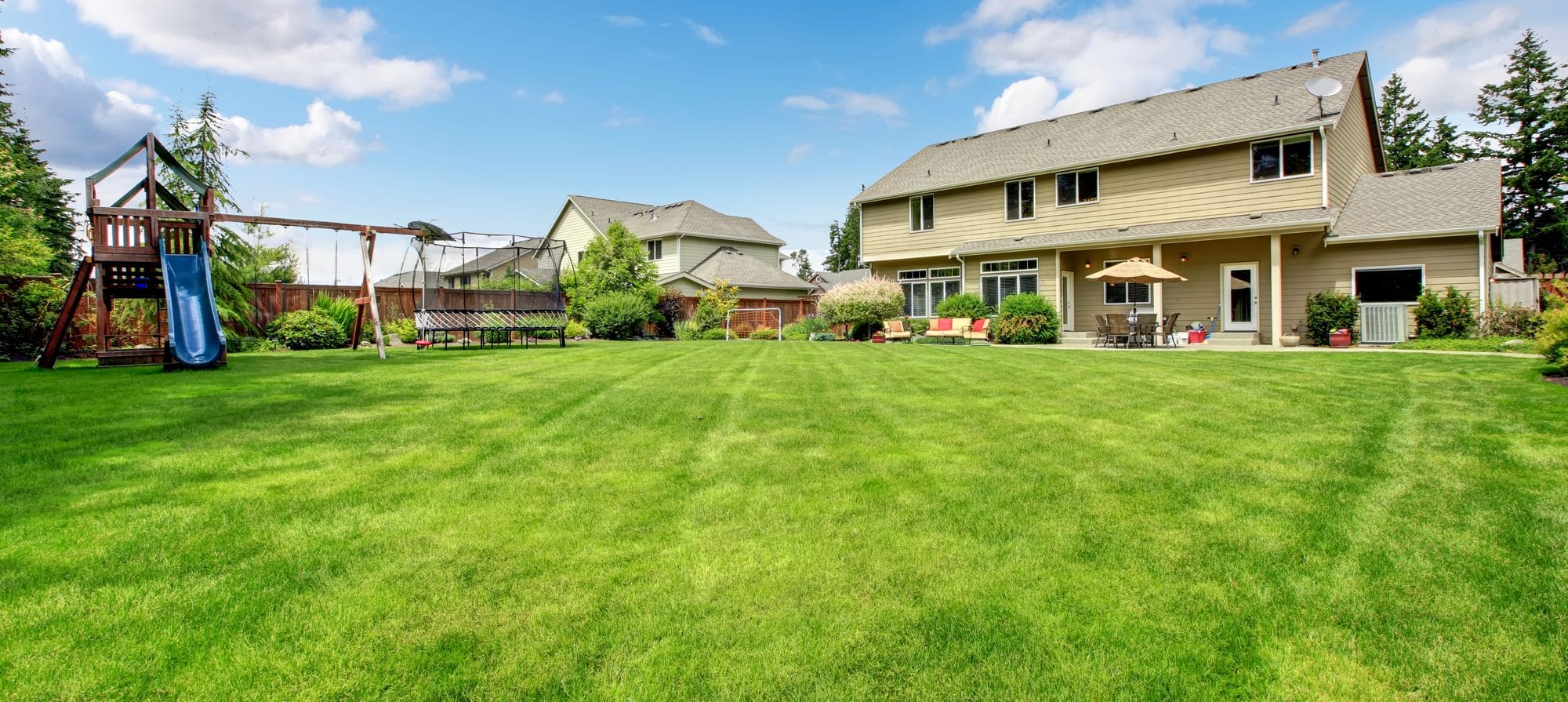
Know Your Property Line
It’s imperative to know the legal perimeter of your property as many properties have uneven shapes or unusual patterns; they’re often not perfectly square or rectangular. If you don’t have a copy of your deed or plot plan, it’s encouraged to hire a Land Surveyor to help you in the process. Once you can identify your property lines, mark them with wooden stakes and run a string in-between each stake. This will help you imagine where your fence will be on your property and will help you better communicate it to your neighbors. Not being knowledgeable of your property lines can lead to costly fixes in the future, boundary issues with your neighbor, and even potential municipal disputes.
Zoning Codes and HOA Regulations
Make sure to review your town’s zoning codes to verify that the style of fence you’ve chosen is allowed in your neighborhood. Regulations tend to vary by location, meaning you may need to apply for a fence-building permit from your city hall should there be certain limitations. If your neighborhood has an HOA or neighborhood association, be sure to find out the rules. Many Homeowner Associations have complicated rules, and it’s much more beneficial to address them in the beginning rather than having to tear down a completed fence.
Contact a Professional Today
There are a lot of details that go into planning a fence installation, and these are just a start. Many homeowners want a property that is aesthetically pleasing and welcoming to visitors, and a fence can be an excellent addition to consider. Before beginning your project, it’s encouraged to find a contractor that can guide you through each step while making sure the fence installation goes smoothly and is done correctly. Begin your search with suggestions from friends, family, and neighbors, and bring your vision to life.
